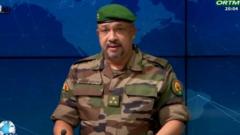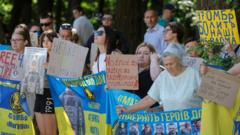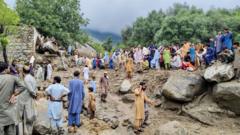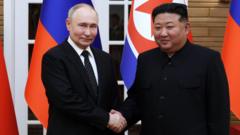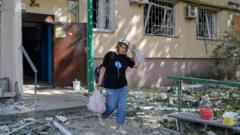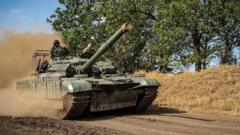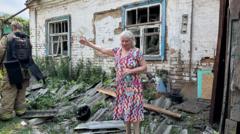As the war in Ukraine continues, Russian forces have experienced unprecedented casualties, with estimates suggesting at least 45,287 deaths in 2024, significantly increasing the death toll since the conflict began. This article explores the reasons behind these staggering numbers and the military strategies involved.**
Russia's Heavy Cost in Ukraine: A Dissection of 2024 Casualties**
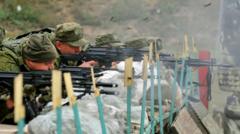
Russia's Heavy Cost in Ukraine: A Dissection of 2024 Casualties**
An analysis reveals staggering Russian military losses in Ukraine, with a record toll of over 45,000 fatalities in 2024 alone, highlighting the brutal nature of ongoing battles.**
Last year marked a grim milestone for Russian military operations in Ukraine, with casualty figures soaring to at least 45,287 in 2024—almost threefold the losses recorded in the previous year. This sharp rise in deaths reveals a stark reality of attritional warfare, characterized by a month-by-month increase in fatalities as Russia's front lines experienced incremental advances. Analysis by the BBC Russian Service, in collaboration with Mediazona and volunteer researchers, indicates that Russia suffered approximately 27 fatalities for every square kilometer of Ukrainian territory seized.
The conflict's toll is likely underestimated, with experts suggesting that reported casualties may cover only 45% to 65% of the actual deaths, implying total fatalities could range from 164,223 to 237,211. Notably, the deadliest day for Russian forces was recorded on February 20, 2024, when a Ukrainian missile strike on a training ground resulted in the loss of 65 servicemen from the 36th Motorised Rifle Brigade, including several high-profile soldiers.
Among the fallen were Aldar Bairov, Okhunjon Rustamov, and Igor Babych—individuals whose lives were cut short by a barrage while waiting for a medal ceremony. Their backgrounds paint a revealing picture of the diverse motivations that drive individuals to the front lines, from conscription to voluntary service.
Casualty patterns over the war's duration illustrate a chilling wave of loss; following heavy fighting periods were punctuated by temporary ceasefires. However, 2024 offered no respite, with unyielding clashes in key locations leading to relentless death tolls. For instance, during an ambitious push in August 2024, Russian forces experienced extreme fatalities over a single week, where rapid border incursions into Ukraine resulted in an estimated 1,226 soldier deaths.
Military tactics employed by Russian forces have involved repeated assaults with small units, intensifying casualty rates with minimal territorial gain. The American Institute for the Study of War offers insights into these strategies, noting that from September to November 2024 alone, Russia's poorly managed advances cost it approximately 11,678 soldier lives.
Increases in recruitment have helped replenish the loss of life, as the Russian government introduced financial incentives for soldiers signing contracts. These measures have resulted in a growing number of volunteers—many of whom lacked prior military training—becoming a significant component of the casualty statistics. Regions such as Bashkortostan have reported alarmingly high death tolls predominantly among untrained rural recruits.
Despite efforts to maintain troop levels, the ongoing conflict presents challenges in accurately accounting for fatalities, with reports indicating that numerous dead soldiers remain on the battlefield, further complicating loss assessments. Including personnel fighting as part of Russian-backed separatist factions, estimates suggest total military deaths could exceed 260,000. As both sides prepare for continued engagements, the humanitarian crisis deepens with each passing day.

